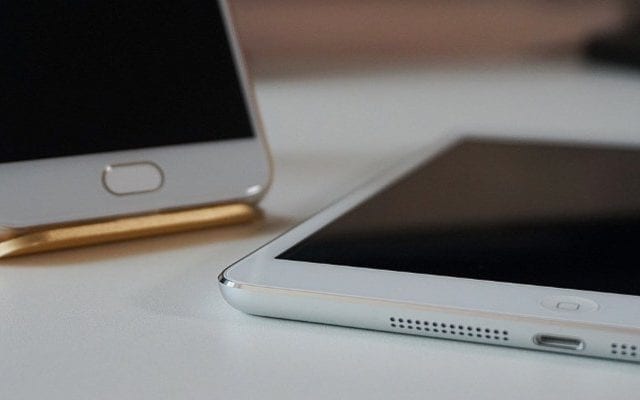DCN – Over the past year, advertisers have devoted more dollars to programmatic native than ever before. And it’s easy to see why. Programmatic native gives native scale, while bringing more efficiency and data-targeting into the equation. Nativo, TripleLift, Sharethrough, Unruly, and Bidtellect are some of the most well-known players/programmatic native exchanges in this space.
So what does today’s programmatic native ad market look like? To understand, my company, MediaRadar, pulled together some of the most pressing trends on the year so far.
It’s a growing market
The number of advertisers placing native in Q1 2017 was nearly identical to Q1 2016 (2,318 vs. 2,326 brands). However, there was a sharp increase in Q2 2017, where the number of advertisers grew 42%, from 2,100 to 2,981 native programmatic advertisers. Why the surge? Good performance. As I have shared previously, programmatic native is generally evaluated on the same KPIs as display. In a contest against most standard IAB ad display units, programmatic native scores well with high click-rates and engagement. And it can scale.
Penetration is low
Despite the fast rise in programmatic native, 122,241 brands were buying advertising online in the first half of the year. This means that as a% of total, only 2.5% of those brands buy native programmatic. We are only scratching the surface here. Even though large national brands make up the early adopters, there is still significant room for programmatic native to grow. This is welcome news for native exchanges that sell this kind of advertising. They know the opportunity is poised to grow substantially.
Renewal rates are mixed
While total numbers are strong, quarterly renewal rates on programmatic native remain challenged, with only 20% renewing. Specifically, the brands buying in the first half of 2017 share just 20% of the same brands from the first half of 2016. So, for programmatic native to continue its expansion, brands will have to recognize its benefits and make a long-term commitment to the format.
Campaign duration varies
Campaign duration remains short, with most native campaigns lasting a median of one month. In Q1 and Q2 2017, 14% and 20% of advertisers ran multi-month campaigns, respectively. During this time period, renewal rates on longer campaigns were much higher than shorter-term campaigns. This is why renewal rates and campaign duration are often tied together tangentially. Longer campaigns mean more of an opportunity to tweak and amend programs, which feeds into higher renewals.
Programmatic native is on the rise. And while there are some challenges – namely measuring performance of programmatic native and no definitive, standard set of metrics, as well as some market confusion about what programmatic native can offer – the benefits outweigh them. Yes, the market is still in its infancy – relative to its potential – but it’s becoming increasingly popular. And it has a lot of room to grow.
To see the full story – click here




